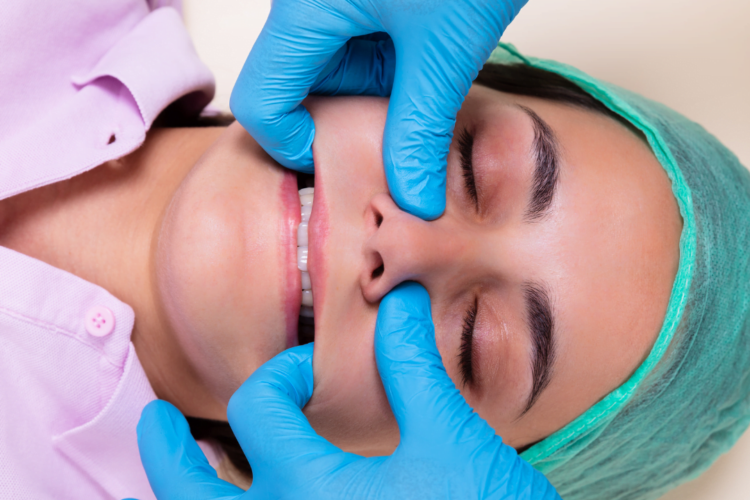Facial asymmetry is a condition that affects many people worldwide. It occurs when the features of one side of the face do not match the features of the other side. While facial asymmetry is often a harmless cosmetic issue, it can sometimes be a sign of an underlying condition, such as bruxism. In this article, we will discuss the connection between facial asymmetry and bruxism.
What is Facial Asymmetry?
Facial asymmetry is a condition that affects the structure and appearance of the face. It can occur due to various factors, such as genetics, injury, or developmental issues. Some of the common signs of facial asymmetry include a crooked smile, uneven eyebrows, and a misaligned jaw. While facial asymmetry can be a cosmetic concern, it can sometimes cause functional problems, such as difficulty chewing or speaking.
What is Bruxism?
Bruxism is a condition that affects many people worldwide. It is characterized by the grinding or clenching of teeth, often during sleep. Bruxism can occur due to various factors, such as stress, anxiety, or an abnormal bite. Some of the common signs of bruxism include worn down teeth, jaw pain, and headaches. While bruxism can be a harmless condition, it can sometimes cause more severe problems, such as tooth fractures or temporomandibular joint (TMJ) disorders.
The Connection Between Facial Asymmetry and Bruxism
Facial asymmetry and bruxism are often related. Bruxism can cause an uneven distribution of pressure on the teeth, leading to changes in the shape and alignment of the teeth. Over time, this can cause changes in the jaw structure, leading to facial asymmetry. Additionally, bruxism can cause tension in the muscles of the face, leading to changes in facial expression and asymmetry.
On the other hand, facial asymmetry can also cause bruxism. When the jaw is misaligned, it can cause an abnormal bite, leading to the development of bruxism. Additionally, facial asymmetry can cause tension in the muscles of the face, leading to clenching or grinding of the teeth.
Diagnosing and Treating Facial Asymmetry and Bruxism
Diagnosing facial asymmetry and bruxism involves a thorough examination of the face, teeth, and jaw. In some cases, imaging tests such as X-rays or CT scans may be required to evaluate the jaw structure. Once diagnosed, treatment options may include orthodontic treatment to correct the bite, dental appliances to protect the teeth, or surgery to correct the jaw alignment.
Treating bruxism often involves the use of dental appliances, such as mouthguards, to protect the teeth from damage. Additionally, stress reduction techniques, such as meditation or exercise, can help alleviate bruxism symptoms. In severe cases, medication or surgery may be required.
Preventing Facial Asymmetry and Bruxism
While some cases of facial asymmetry and bruxism are genetic or cannot be prevented, there are some steps you can take to reduce your risk. Some tips for preventing facial asymmetry and bruxism include:
- Maintaining good oral hygiene: Regular brushing and flossing can help prevent tooth decay and gum disease, which can contribute to bruxism.
- Managing stress: Stress can be a significant contributor to bruxism. Practicing stress-reducing techniques such as yoga or meditation can help reduce bruxism symptoms.
- Avoiding chewing on hard objects: Chewing on objects such as pens or ice can contribute to bruxism and tooth damage.
- Getting regular dental checkups: Regular dental checkups can help detect bruxism and facial asymmetry early and allow for prompt treatment.
Conclusion
Facial asymmetry and bruxism are two conditions that are often related. Bruxism can lead to changes in the jaw structure and the development of facial asymmetry, while facial asymmetry can cause tension in the muscles of the face and lead to bruxism. If you experience symptoms of either condition, such as uneven jaw or worn-down teeth, it is essential to seek medical attention promptly. With proper diagnosis and treatment, you can reduce your risk of complications and improve your quality of life. Additionally, taking preventative measures such as maintaining good oral hygiene, managing stress, and avoiding chewing on hard objects can help reduce your risk of developing these conditions.

